The conductor cross-section is selected based on what quantities?
The conductor cross-section is selected according to the economic current density.
Where: – Skt is the conductor cross-section (mm2)
– Itb is the average current through the load.
– Jkt: economic current density (A/mm2)
Table 1. Economical current density
| Name | Economic Flow Density A/mm2 with time to maximum capacity, hours | ||
| 1000 – 3000 | 3000 – 5000 | 5000 – 8760 | |
| – Guide (contributing):
Copper Aluminum |
2.5 1.3 |
2.1 1.1 |
1.8 1.0 |
| – Power cable insulated with oil cores:
Copper Aluminum |
3.0 1.6 |
2.5 1.4 |
2.0 1,2 |

* Test under long-term heating conditions :
Icpbt Icb = Ilvmax
Icpbt : Normal allowable current. Corrected value according to temperature.
Icb : Forced current.
Ilvmax : Maximum working current.
* Check according to halo condition :
Uvq Udmht
Where : Uvq : Critical voltage that can generate a halo.
Udmht : Rated system voltage
If the 3-phase conductor is arranged on the top of the equilateral triangle, the Uvq value is in dry and bright weather, the air pressure is 760mmHg, and the ambient temperature is 25
Uvq = 84.m.r.lg a/r ( kV )
Where : r : outer radius of the conductor.
a : Distance between conductors.
m : Factor considering the roughness of the conductor. For single-strand wire, the conductor is left in the air for a long time m = 0.93 – 0.98. For multi-strand twisted wire take m = 0.83 – 0.87
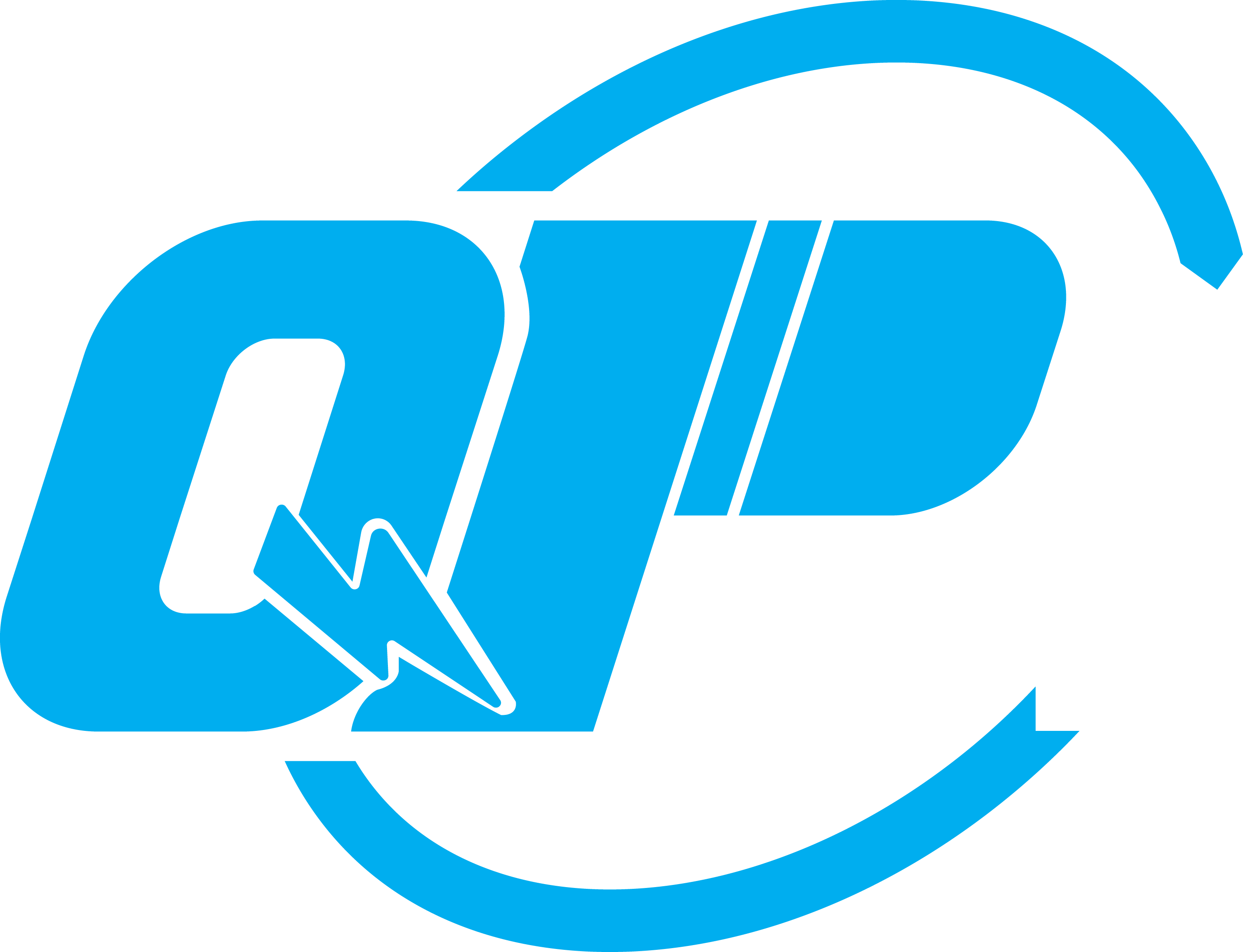

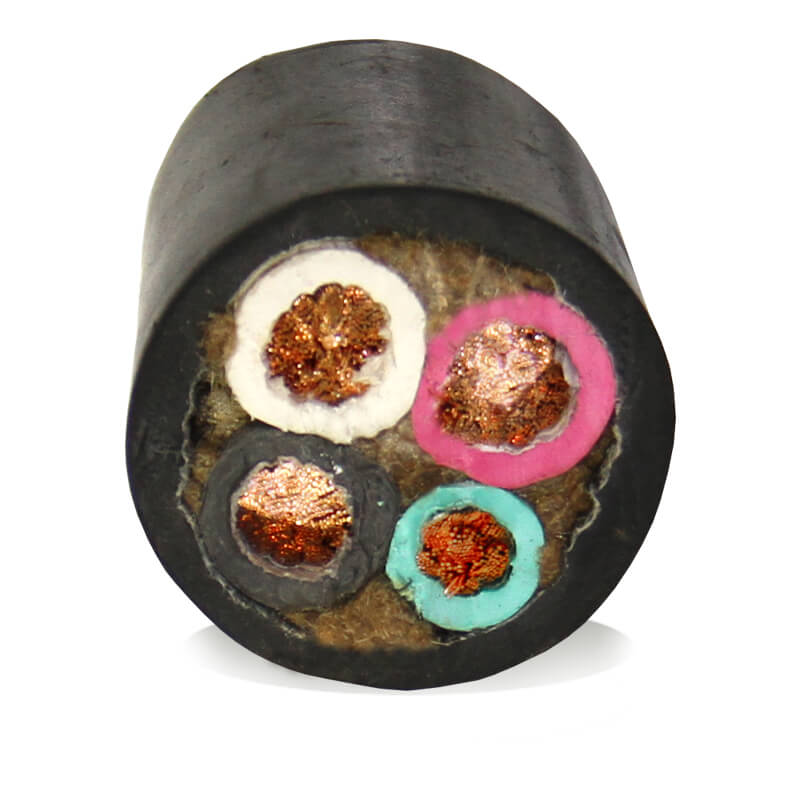
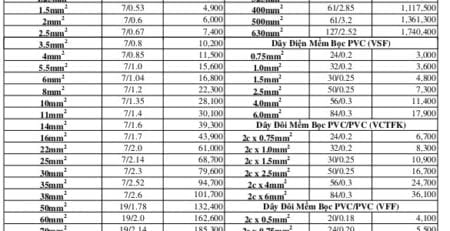
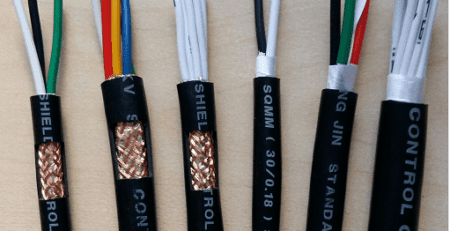
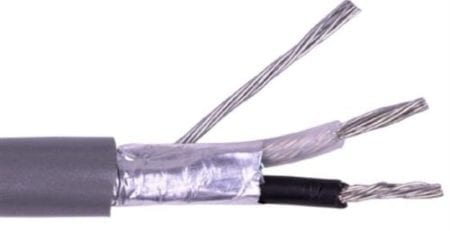
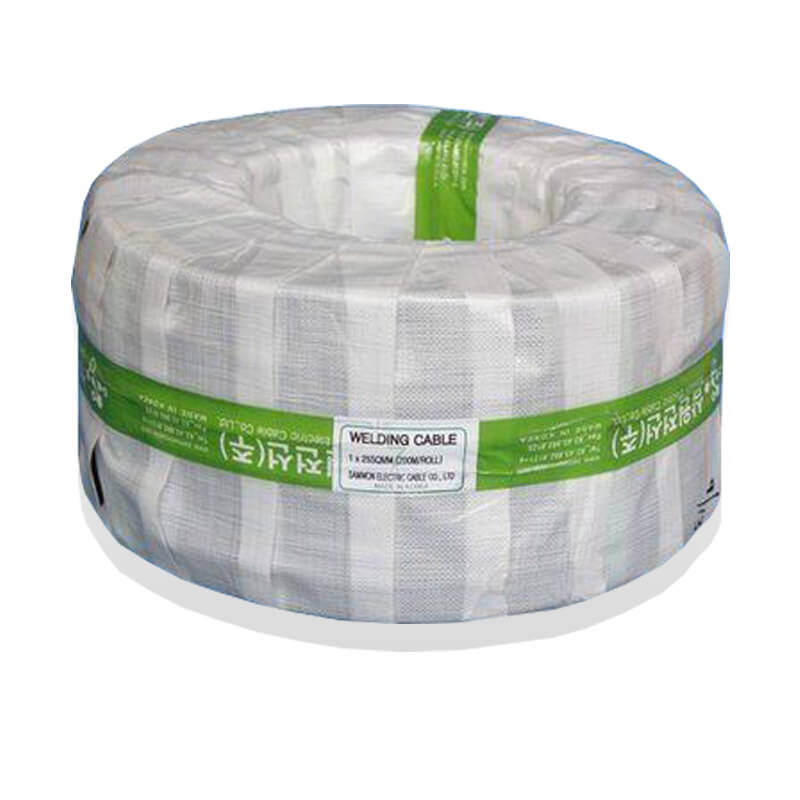
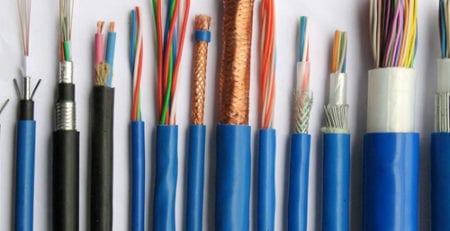
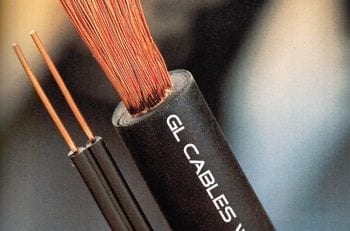


Leave a Reply